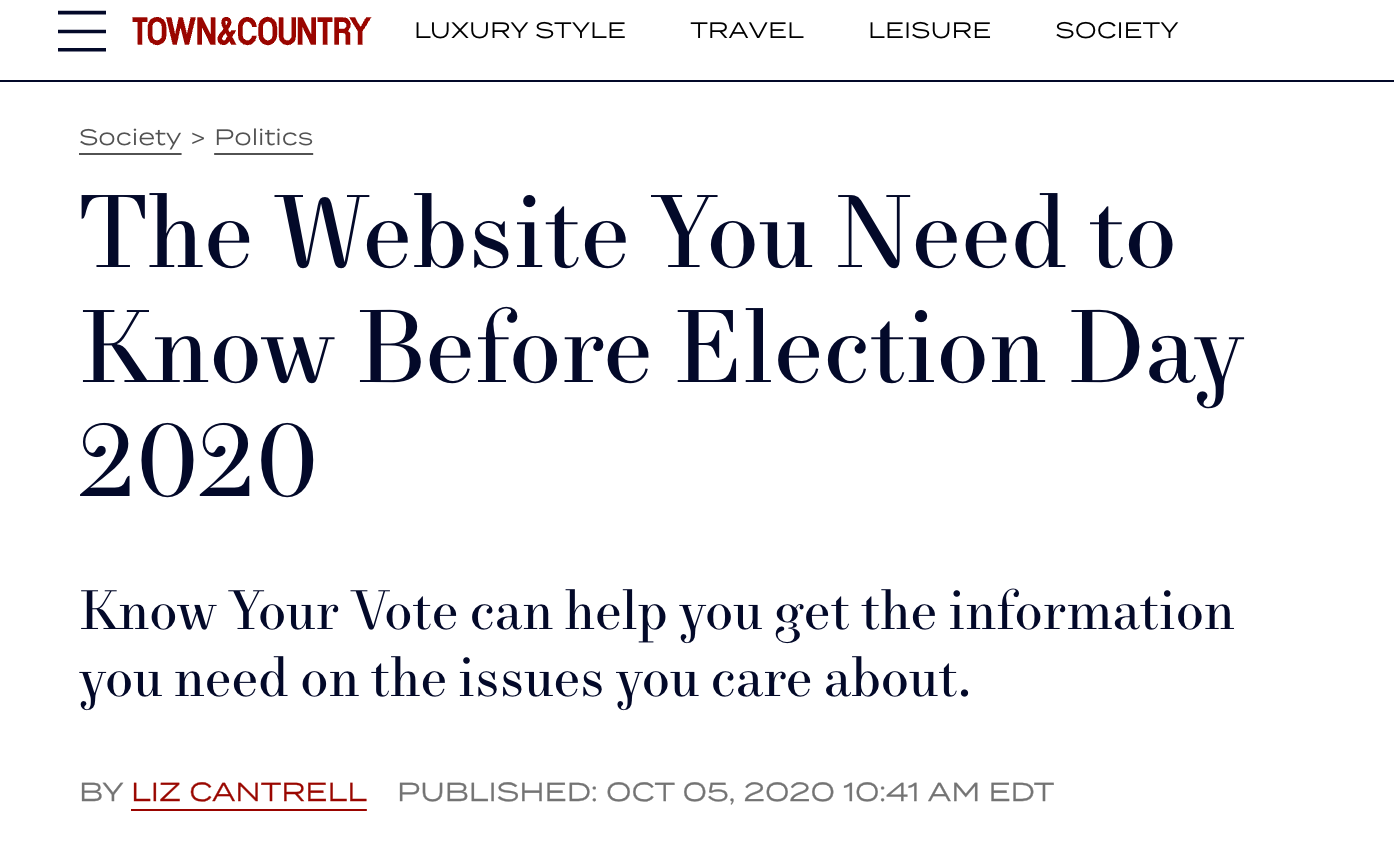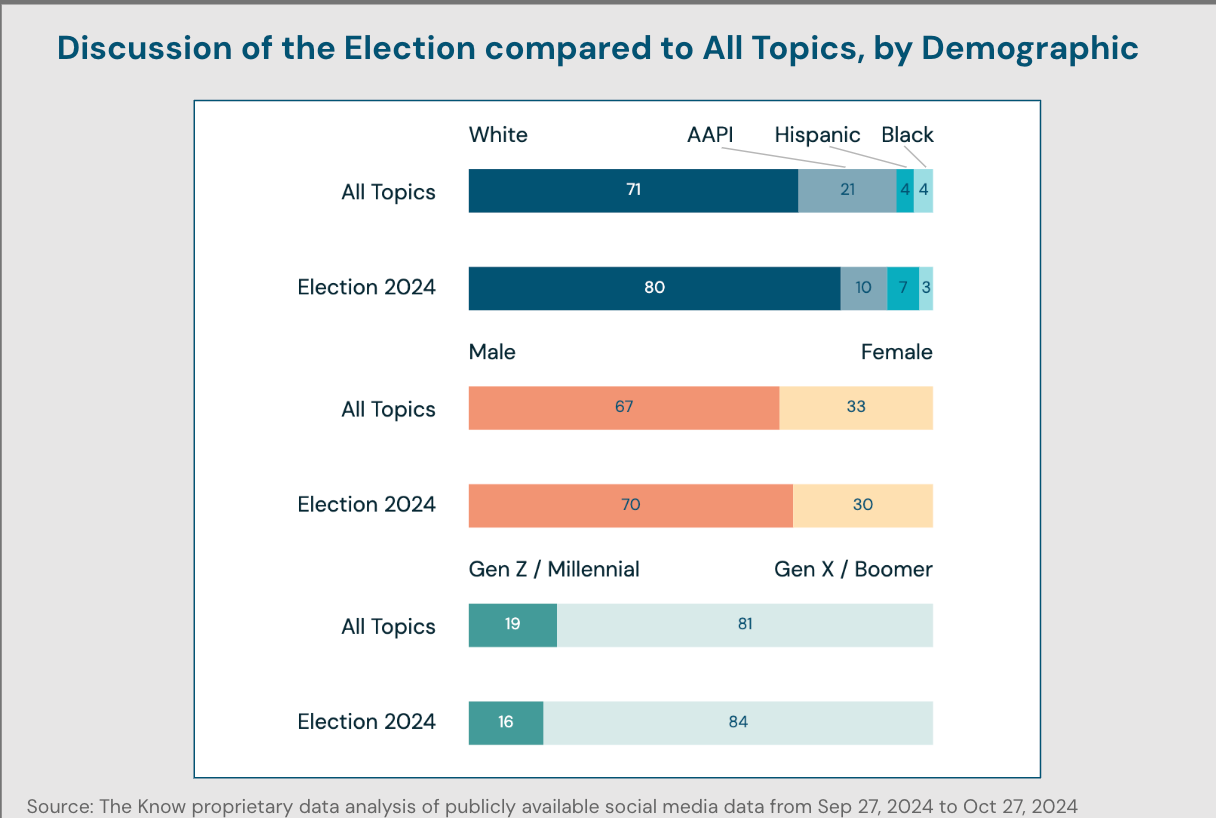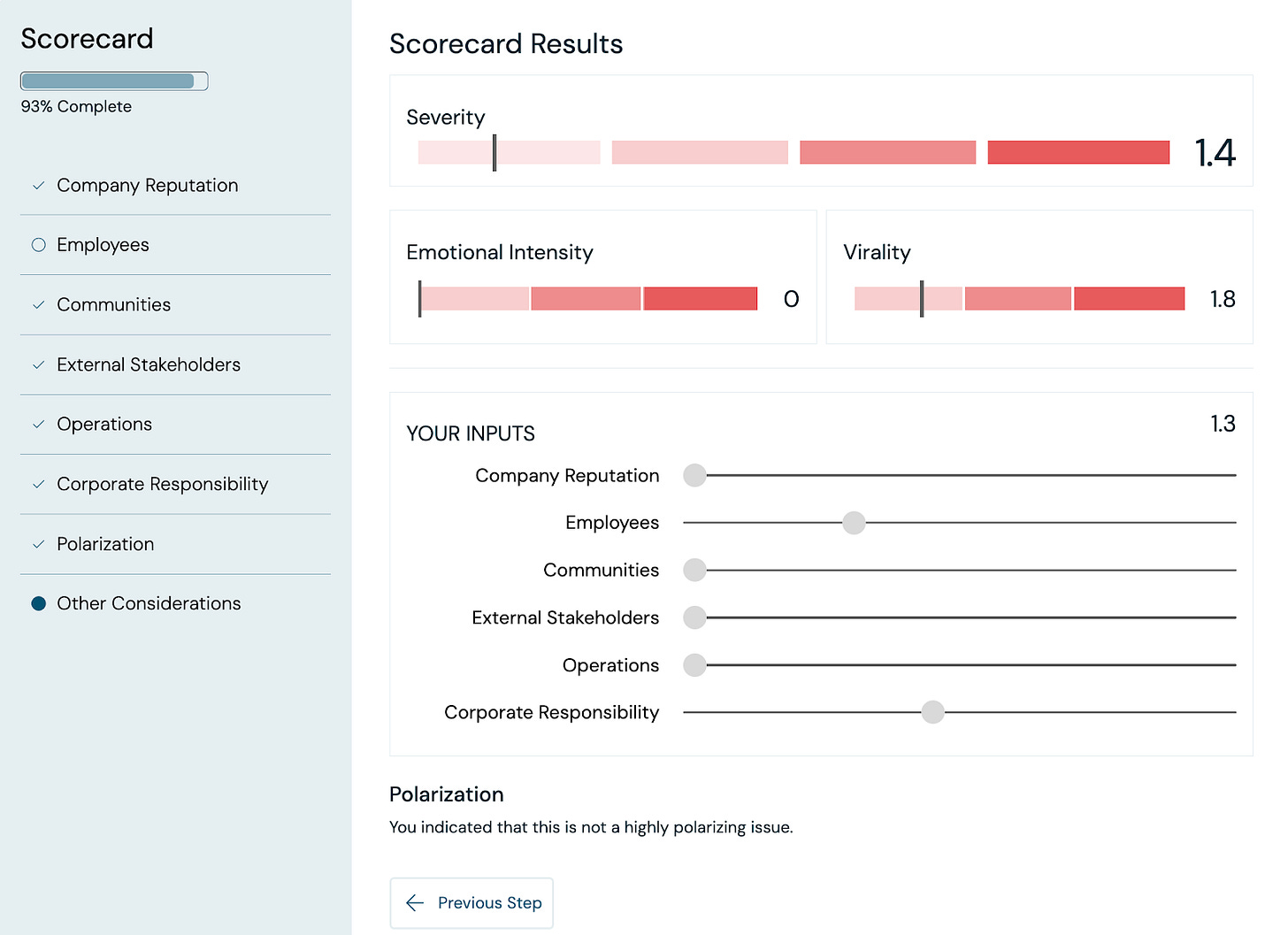The Know's Selena Strandberg on Making an Impact through Internal Communications
Profile of Selena Strandberg, CEO of The Know
Pilot season continues at Per My Last with a profile of Selena Strandberg, CEO and Founder of The Know, a B2B software that helps internal communications teams respond to the news. Below, Selena shares her journey to becoming a founder, her ideas about how tech can solve real problems, and the unavoidable role of good internal communications in today’s global landscape.
In 2024, internal communications is having its moment. What was once dismissed as an HR backwater has emerged as a critical business function, with companies scrambling to navigate an increasingly complex world of stakeholder expectations and rapid-fire news cycles.
Helping communicators traverse this moment is Selena Strandberg, founder and CEO of The Know, a B2B software that helps companies respond to external events. Selena’s journey from political news junkie to tech founder might seem unexpected. But in many ways, it's perfectly aligned with how internal communications itself has evolved: from an administrative function into a sophisticated, tech-enabled discipline that helps organizations navigate our era of constant change.
Making an Impact
Selena grew up in Lancaster, Pennsylvania, better known as Amish country, as a “total politics nerd.” She watched the news and political debates with her dad, who would occasionally pick her up a New York Times or Wall Street Journal at the gas station as a special treat to supplement the local paper they had delivered to their home.
By the time she was in high school, Selena knew she wanted to study government. “I thought of government and politics as the way to make an impact,” she said. That attitude brought her to DC for college, where she interned with her local Congressman and set her sights on a public sector career.
After graduating, Selena joined Deloitte as a consultant working predominantly with federal clients. The experience allowed her to make government organizations more efficient and effective, bringing her closer to solving the kinds of thorny, societal-level problems she felt most excited by. But she also began to feel frustrated by the pace of change in government. “It became clear to me how long tail the process is for the government to be the mechanism to solve something,” she said.
There was a bigger opportunity for power and speed in tech.
This was 2013. Meanwhile, Uber was taking off. Facebook was an upstart darling blanketed with Solo-cup riddled photo albums and ecstatic happy birthday!!!s, still unblemished by allegations of data sharing and electoral influence. “So many advances were happening so quickly in tech,” said Selena. “It became apparent to me that there were a lot of problems that I was interested in solving that would be faster served through some sort of enterprise in the market system, as opposed to writing, tweaking, pushing through legislation and then filtering the money down to agencies to have the policy implemented. There was a bigger opportunity for power and speed in tech.”
Selena began to kick around startup ideas, focusing on a few issues she was most passionate about: information integrity, gender, and mental health. One idea was to use natural language processing to help veterans process trauma through journaling. Another was to build recruiting tech software that matched candidates with companies that were good culture matches.
“Those ideas didn’t go anywhere,” she laughed. “But I realized I had this entrepreneurial drive. I realized I wanted to solve a big problem some day and create a solution to solve that problem.”
Pivoting to Tech
Selena also realized she didn’t yet have the right idea to found a company—or the necessary skillset to execute the idea once she had it. “I really wanted to get hands-on experience [in tech] and be super operational to set myself up to build something when I found the right opportunity,” she said.
Moving to business development was a natural pivot. “My favorite part of working was always the relationship component,” she said. “I love meeting new people, and I love trying to solve problems by asking the right questions to understand how to craft the solution.”
In 2014, she relocated to San Francisco to join recruiting platform Hired. The mess of a growth-stage company made it the perfect antidote to buttoned-up Deloitte. “It was roll up your sleeves and figure out the problem. We changed strategies all the time,” recalled Selena. “That’s core to the founder skillset. I loved the chaos and how multi-dimensional every role I had there was.”
It was roll up your sleeves and figure out the problem…. That’s core to the founder skillset.
At Hired, Selena honed her go-to-market skills with stints in sales and product marketing. The last gap in her knowledge was technical expertise. She joined a small developer operations company to run business operations. There she picked up product sense and the ability to manage teams of engineers.
By then, it was 2018. Trump was a year and a half into his presidency. Midterms loomed. “I had a lot of friends who were planning not to vote in the election because it took too much time and effort to fill out the California ballot the whole way down,” Selena said. “That really lit a fire under me. The problem was not going away in my mind, so I decided to build election tech. It was a thirst I needed to quench, a real need for me to solve this problem.”
With her operational skills sharped, Selena set her sights on building a solution.
From KnowYourVote to The Know
Let’s zoom out. By 2018, public opinion on tech had soured into the pithily branded “techlash.” Once seen as a way to change the world, tech was now a boogeyman for a range of social ills, from electoral manipulation to everyday sexism. “At the time, disinformation was on the rise, and tech was doing very little from an election and information integrity perspective,” noted Selena. “That was something that really drove me.”
Selena pulled together a team on a shoestring budget. KnowYourVote launched an initial product four months before the 2020 election. “2020 was a really wild year to build anything,” she laughed. “But we reached 100,000 people before the election.”
Part of KnowYourVote’s go-to-market strategy was to partner with brands. Along the way, companies started reaching out about white-labeling the website for their employees or customers. “There was this kernel of, ‘There’s something happening in business right now,’” said Selena. “In conversations with CEOs and CCOs [Chief Communications Officers], I started to understand how difficult it’s become for organizations to determine if and how they engage on global macro news issues. There was a really, really clear picture of the market need, and that created the right moment for us to make a big change.”
So Selena went deep on stakeholder interviews and research. Her goal was to retool the product to help companies respond to external events quickly—and in ways that fit their individual values. “Where we’ve seen companies go wrong in responding to social issues is when they behave in ways that aren’t authentic to their values,” said Selena.
There was a really, really clear picture of the market need.
As the product changed, so did the name. KnowYourVote became The Know. The Know’s goal wasn’t—and isn’t—to prescribe a particular course of action to all companies, but rather to help companies determine whether and how to respond in the right way for them.
Anyone who’s spent time trying to respond to the tragedies of the last half-decade knows that these conversations can quickly descend into chaos without good data, strong principles about when to engage, and the ability to quickly assemble the right decision makers. The Know productizes some of these steps to help companies understand things like:
What types of people does this incident impact? Are they employees, customers, or another part of the company’s community?
What is employee sentiment? How does it vary among different subgroups?
Has the company previously set precedent on this issue, or similar issues? If so, how does this event compare?
How are other companies responding?
Perhaps most importantly, The Know then helps align internal executives and decide on an action plan.
With the US presidential election less than a week away, the pace of external change isn’t slowing down. Understanding how to quickly and authentically respond will be critical to businesses' ability to keep employees motivated and reduce reputational risk in the years to come.
Did you enjoy this post? Hit like or respond to this email to let me know!




